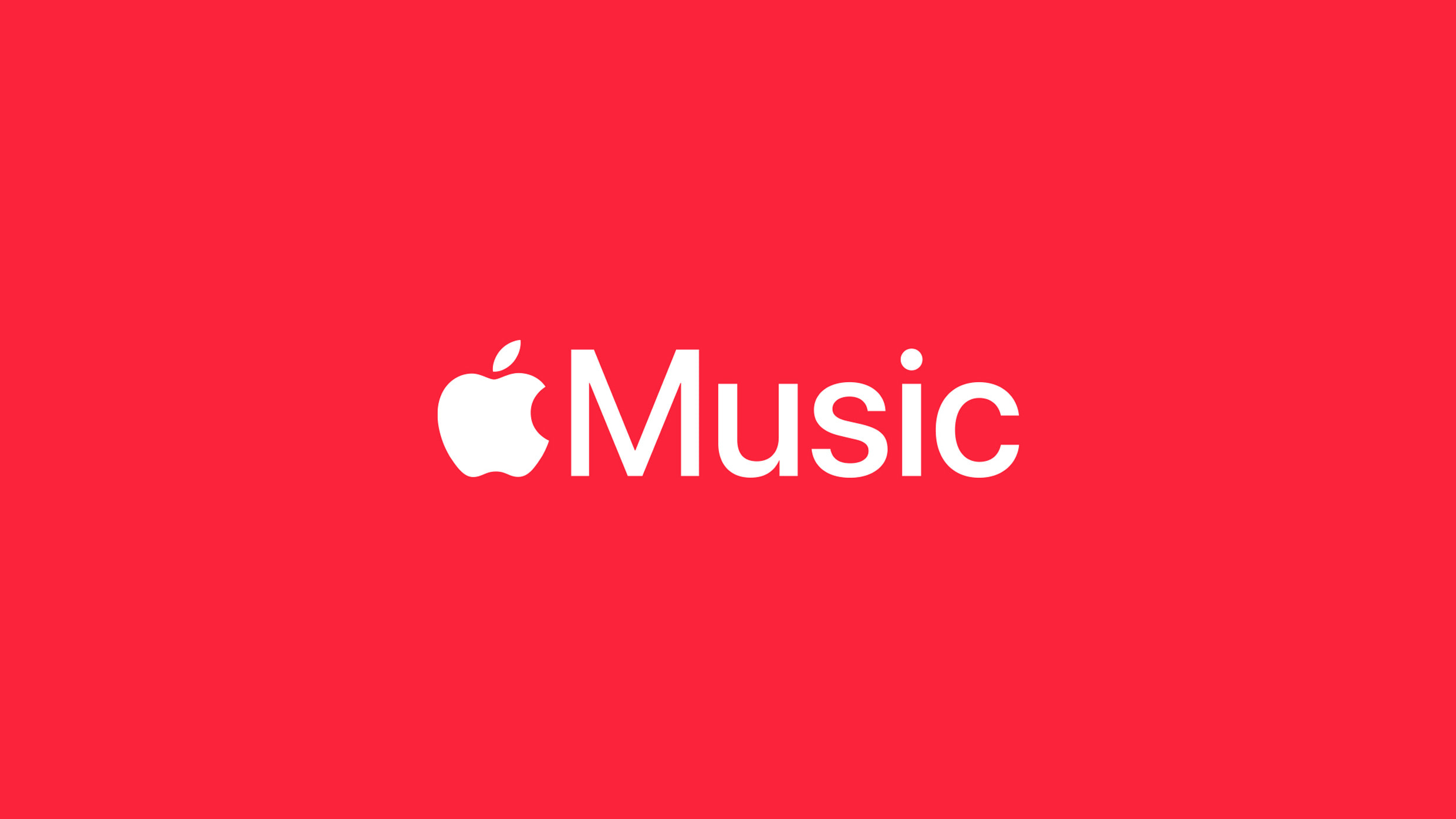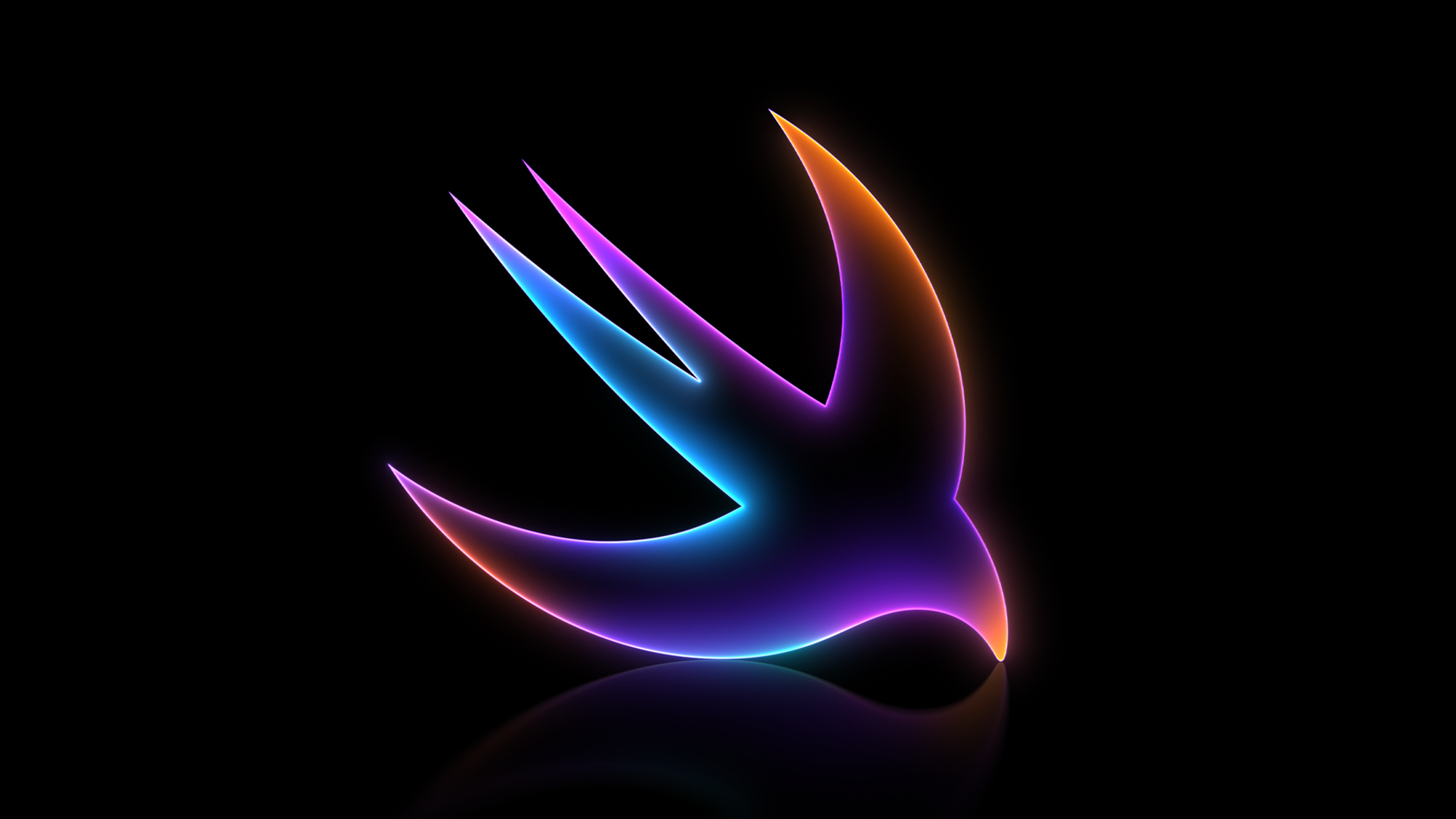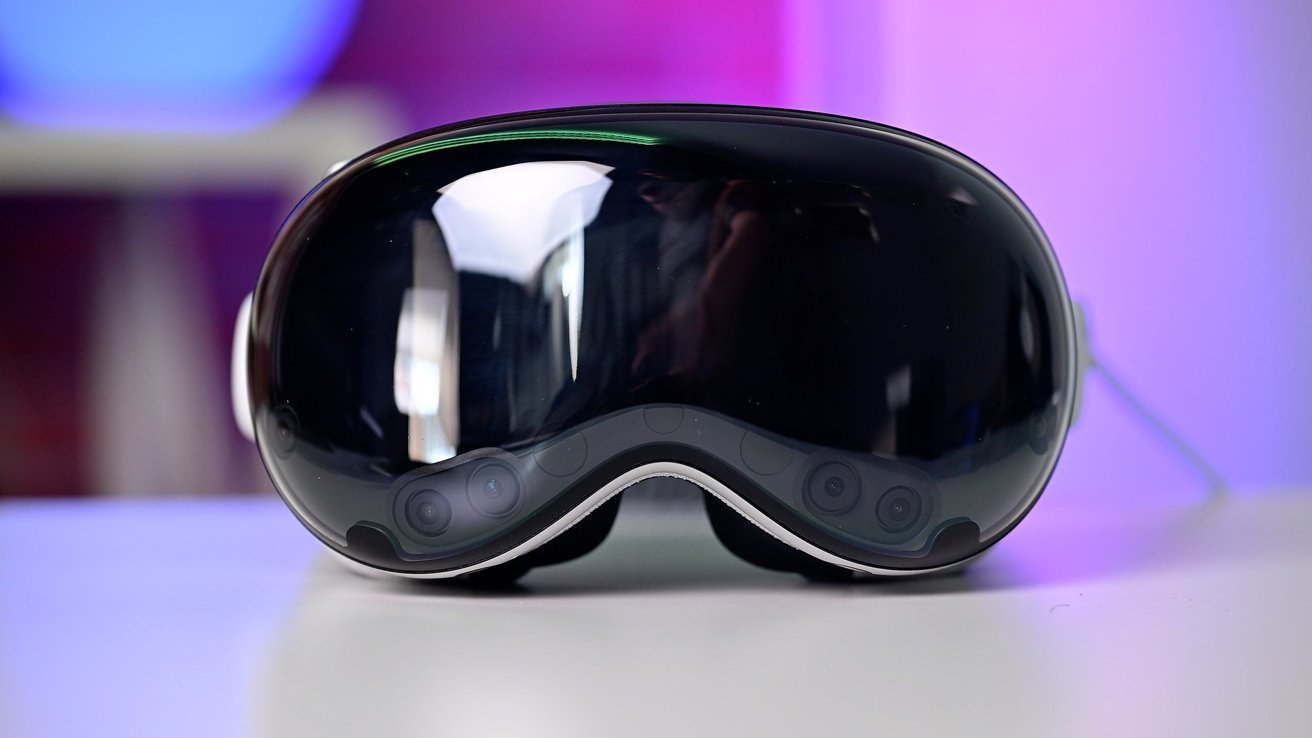In Europe, a new law called the Digital Markets Act lets developers share iOS apps through other app stores, not just Apple’s. This means that for the first time, you can download a special adult app on your iPhone in the EU.
The app, named Hot Tub, is available on the AltStore PAL, which is like a different app store made by developer Riley Testut. Hot Tub provides a safe and private way to watch adult videos, with no ads or tracking. It’s described as “An elegant, native porn app. Thoughtfully designed, ethically made, and free to use.” Users can look for and watch videos from places like Pornhub and Xvideos right from the app.
Apple has strict rules against adult content in its App Store in many countries, including the U.S. and the EU. However, with the new EU law, apps like Hot Tub can exist outside of Apple’s control.
Apple still checks these apps from other stores for harmful software, but they don’t control what kind of content is allowed. This means other types of content like hate speech or adult materials can appear in these alternative app stores.
Phil Schiller from Apple mentioned in early 2024 that they usually try to keep certain content off the App Store or allow users to choose for themselves. But these controls don’t apply to apps in other marketplaces unless those marketplaces set their own rules.
AltStore was among the first new app stores to appear in the EU after Apple changed its rules to follow the EU’s new law. These alternative stores have to pay a small fee for each app download, but thanks to a special grant from Epic Games, AltStore doesn’t charge users to download it anymore.
Hot Tub might need to pay Apple a fee if it gets many downloads or makes a lot of money. It’s free to use, but there’s also a paid version. Apple’s rule from May 2024 says smaller apps don’t pay this fee for the first three years if they make less than 10 million euros annually.
Right now, Hot Tub is in testing mode and only available in the EU. People in the U.S. can’t download it because they can’t get apps from outside Apple’s App Store.







